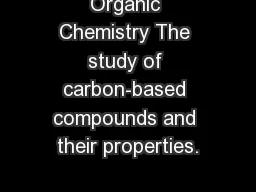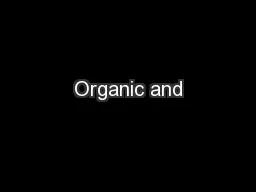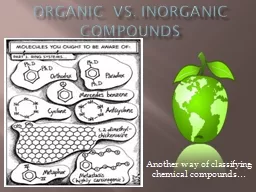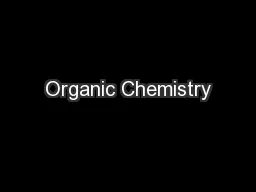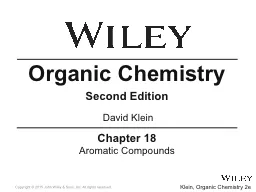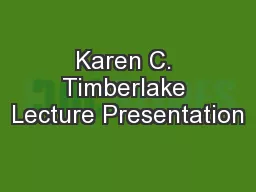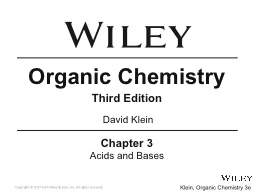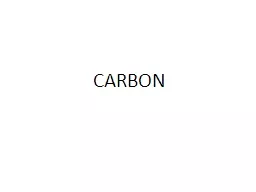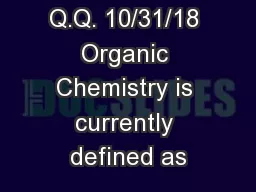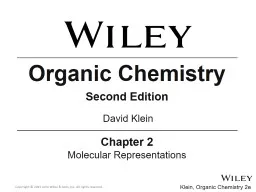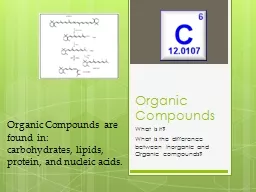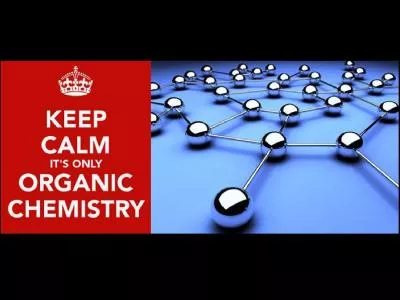PPT-Organic Chemistry The study of carbon-based compounds and their properties.
Author : yoshiko-marsland | Published Date : 2018-03-11
Organic Chemistry Organic Chemistry Historically the distinction between inorganic and organic substances was based on whether or not they were produced by living
Presentation Embed Code
Download Presentation
Download Presentation The PPT/PDF document "Organic Chemistry The study of carbon-ba..." is the property of its rightful owner. Permission is granted to download and print the materials on this website for personal, non-commercial use only, and to display it on your personal computer provided you do not modify the materials and that you retain all copyright notices contained in the materials. By downloading content from our website, you accept the terms of this agreement.
Organic Chemistry The study of carbon-based compounds and their properties.: Transcript
Download Rules Of Document
"Organic Chemistry The study of carbon-based compounds and their properties."The content belongs to its owner. You may download and print it for personal use, without modification, and keep all copyright notices. By downloading, you agree to these terms.
Related Documents

